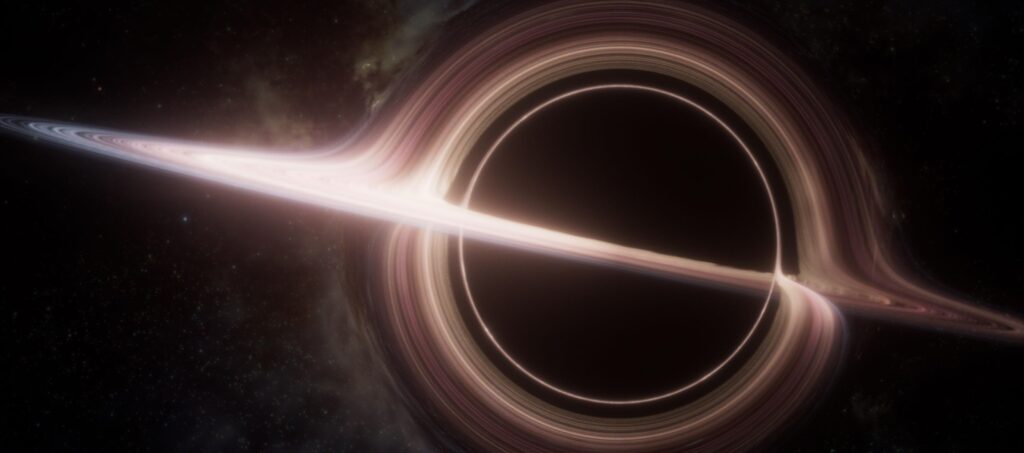In a groundbreaking cosmic event, astronomers have witnessed a black hole unleashing the brightest flare ever recorded-outshining the combined light of 10 trillion suns. This extraordinary burst of energy, detected by a global network of telescopes, offers unprecedented insights into the violent processes occurring near black holes and challenges existing theories about their behavior. Scientists are now racing to understand the cause behind this massive flare and what it reveals about the most mysterious objects in our universe.
Black Hole Emits Record-Breaking Flare Outshining 10 Trillion Suns
In a groundbreaking astronomical event, a supermassive black hole has unleashed a flare so intense that its light outshines the combined brilliance of 10 trillion suns. This extraordinary burst of energy, detected through cutting-edge telescopes, challenges our current understanding of black hole physics and accretion processes. The flare originated from a galaxy over a billion light-years away, providing scientists with a unique window into the violent and dynamic behavior at the core of such cosmic giants.
Key characteristics of the flare include:
- Peak luminosity surpassing 1013 solar luminosities
- Duration of high intensity lasting multiple weeks
- Emission detected across the electromagnetic spectrum, from X-rays to infrared
- Rapid variability implying complex magnetic field interactions
| Parameter | Value | Significance |
|---|---|---|
| Distance | 1.2 billion light-years | Allows deep-time insight |
| Peak Energy Output | 3 × 1046 erg/s | Record-setting flare intensity |
| Duration | ~21 days | Extended emission phase |
| Observed Spectrum | X-ray to IR | Multi-wavelength coverage |
Understanding the Cosmic Phenomenon Behind the Unprecedented Brightness
The extraordinary brightness observed in the recent flare from the black hole is due to an intricate interplay of extreme gravitational forces and magnetic fields. As matter spirals toward the event horizon, it heats up to unimaginable temperatures, emitting intense radiation across the electromagnetic spectrum. However, this particular flare exceeded typical emissions by an astounding factor, outshining even 10 trillion suns combined. Scientists believe this surge was fueled by a rare alignment of the black hole’s spin axis with a dense pocket of infalling gas, dramatically amplifying the energy output.
Several key factors contributed to this cosmic event’s record-breaking luminosity:
- Hyper-accelerated plasma jets: Magnetic reconnection near the event horizon accelerated particles close to light speed.
- Temporary accretion disk instability: Triggered a rapid infall of stellar debris, increasing fuel supply.
- Shockwave interactions: Colliding streams of charged particles caused additional bursts of radiation.
| Parameter | Typical Black Hole Flare | Recent Flare |
|---|---|---|
| Luminosity | 1 trillion suns | 10 trillion suns |
| Duration | Hours to days | Several days |
| Energy Output | 10^45 erg | 10^47 erg |
Implications for Astrophysics and How Researchers Plan to Monitor Future Events
The unprecedented brightness of the recent black hole flare challenges existing models of black hole accretion and energy emission. Astrophysicists are particularly intrigued by how the event far surpasses the combined luminosity of over 10 trillion suns, pushing the boundaries of what we thought black holes were capable of emitting. This catastrophic outburst provides a unique window into the mechanisms governing relativistic jets and the physics of extreme gravity. Researchers believe the flare could signal new states of matter or previously unknown magnetic field interactions near the black hole’s event horizon.
To capture and analyze such rare cosmic phenomena, scientists are ramping up efforts with innovative strategies:
- Enhanced multi-wavelength monitoring: Coordination between X-ray, radio, and gamma-ray observatories worldwide ensures continuous sky surveillance.
- Real-time data sharing platforms: Collaborative networks facilitate rapid alerts and data exchange among international astrophysics teams.
- Advanced AI-driven detection algorithms: Machine learning models are being trained to swiftly identify flare signatures within vast datasets.
| Monitoring Technique | Purpose | Benefit |
|---|---|---|
| X-ray Satellite Arrays | Detect high-energy emissions | Early flare identification |
| Radio Telescope Networks | Track jet activity | Insight into jet dynamics |
| AI It looks like the content about the last monitoring technique was cut off at “AI”. Here’s a continuation and completion of the table row for AI monitoring techniques based on the context provided: | ||
| AI-Driven Algorithms | Analyze vast datasets for flare signatures | Rapid and accurate event detection |
